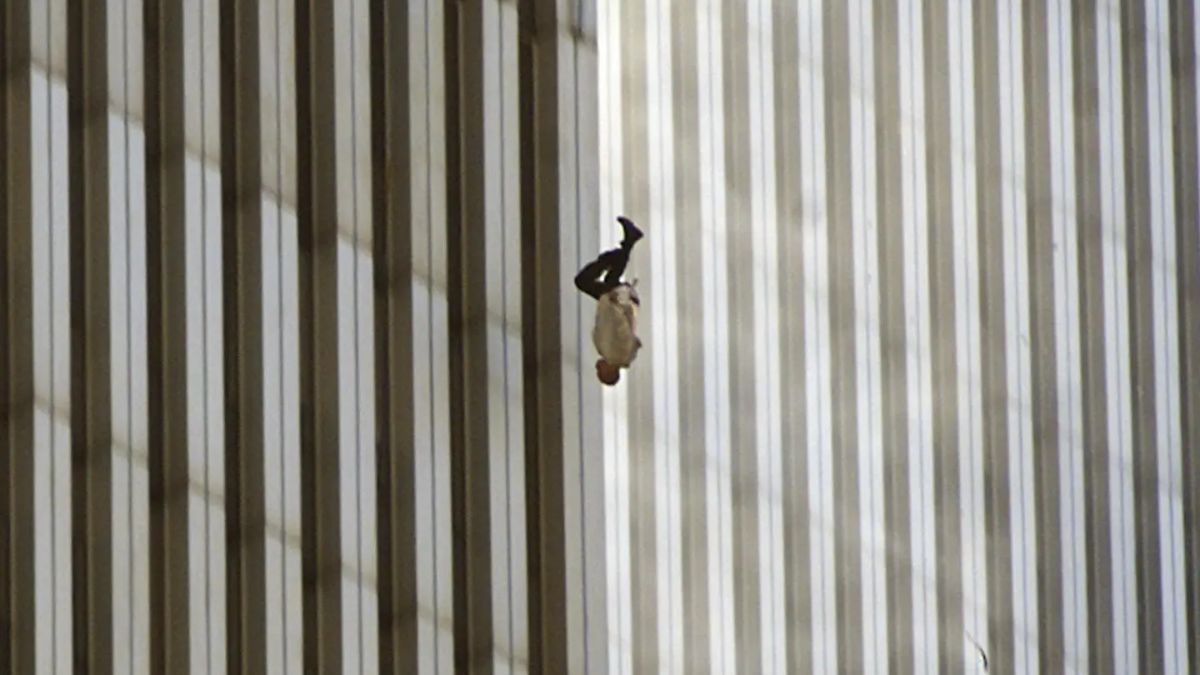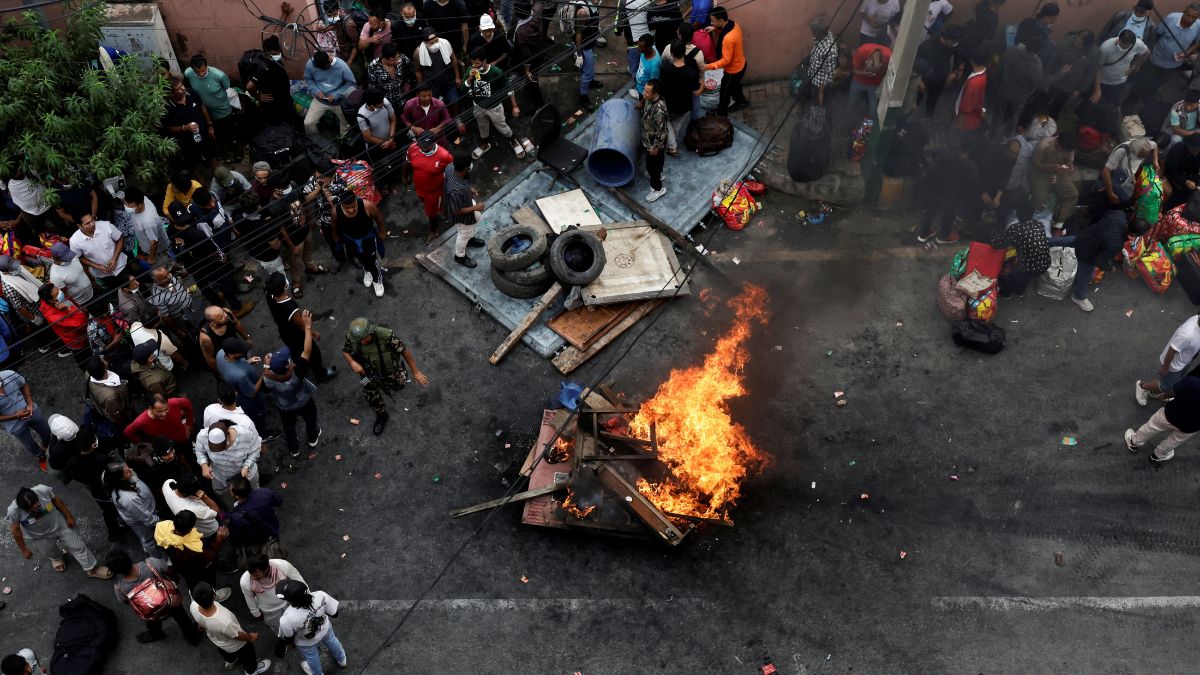‘The Falling Man’ is among the most recognised images showing a person dying during the September 11, 2001 attack.
The picture appeared in several US newspapers soon after the attacks, but criticism from readers led to it being pulled for a while.
Nearly 3,000 people died when terrorists of the Islamic extremist group al-Qaeda, led by Osama bin Laden, hijacked four planes and carried out suicide attacks in the United States.
ALSO READ | Remembering the youngest and oldest victims of the deadly 9/11 terror attack
Over the years, many pictures from that day have continued to shock the world, but the identity of the ‘Falling Man’ has never been confirmed.
So, what is known about this photograph? And who took it?
Find out below:
What does the photo show?
In the moments after the attacks, a man is seen escaping in a way unlike any other, falling against the backdrop of tall, faceless buildings.
The moment was captured by Richard Drew, a photographer with Associated Press. The photo later came to be known as the ‘Falling Man’.
It is not the only image showing people plunging to their deaths during the September 11 attack, but its unique composition sets it apart.
The photo shows a lone figure falling straight down between the two towers, appearing almost calm as he descends. Though he had no choice in his fate, he seems, in those last moments, to have accepted it.
His body looks relaxed, arms resting at his sides, his left leg bent slightly at the knee, almost casually.
‘Falling Man’, 2001: Unlike most 9/11 images of planes and towers, this photo captured by Richard Drew shows a single man falling from the North Tower. Published briefly before backlash pushed it from view, it remains one of the few widely seen images of someone dying that day.… pic.twitter.com/OtnOcvKc69
— Gameover🎗️🇮🇱🇦🇺 (@EricS2075) September 6, 2025
Impact Shorts
More ShortsIn most other images, people who jumped appeared to be struggling against the vastness around them. This man, however, is perfectly straight, aligned with the vertical lines of the buildings behind him.
There is something almost defiant in his posture, as if, once faced with certain death, he chose to face it head-on.
How was the photo taken?
The photo was taken by Richard Drew. He had been covering a fashion show nearby when he heard that a plane had struck the North Tower of the World Trade Center.
He boarded an empty subway train and headed towards the site.
By the time he came out of the station, the second plane had already hit the South Tower, though the air was so choked with smoke and debris that he only learnt about it from a police officer.
As he watched events unfold, he saw what other bystanders had also begun to notice just minutes after the first strike: people falling from the upper floors of the towers. Drew took dozens of pictures that day, but one stood out and sparked intense debate and controversy.
Taken at 9.41 am, the photo showed a man plunging head-first, legs pointed skyward, with the steel frame of the North Tower behind him.
Why did critics call the image ‘exploitative’?
The day after the attacks, The New York Times published the image, but critics condemned it as “exploitative” and “voyeuristic”. It did not appear in another major publication for two years.
Many found the solitary figure too disturbing to look at.
Over the years, there have been many efforts to identify the Falling Man, but none have been conclusive.
Time Magazine reported that he is thought to have been an employee at Windows on the World, a restaurant on top of the North Tower.
The Sun reported that he is believed to be Latino. The search for his identity has focused on the restaurants in the North Tower, which together lost over 100 workers.
One person often mentioned as a possible match is Norberto Hernandez, a pastry chef at Windows on the World on the 106th floor.
When shown the photo, Hernandez’s brother and sister said they believed it was him, but other members of his family have rejected the claim.
With inputs from agencies


)

)
)
)
)
)
)
)
)



